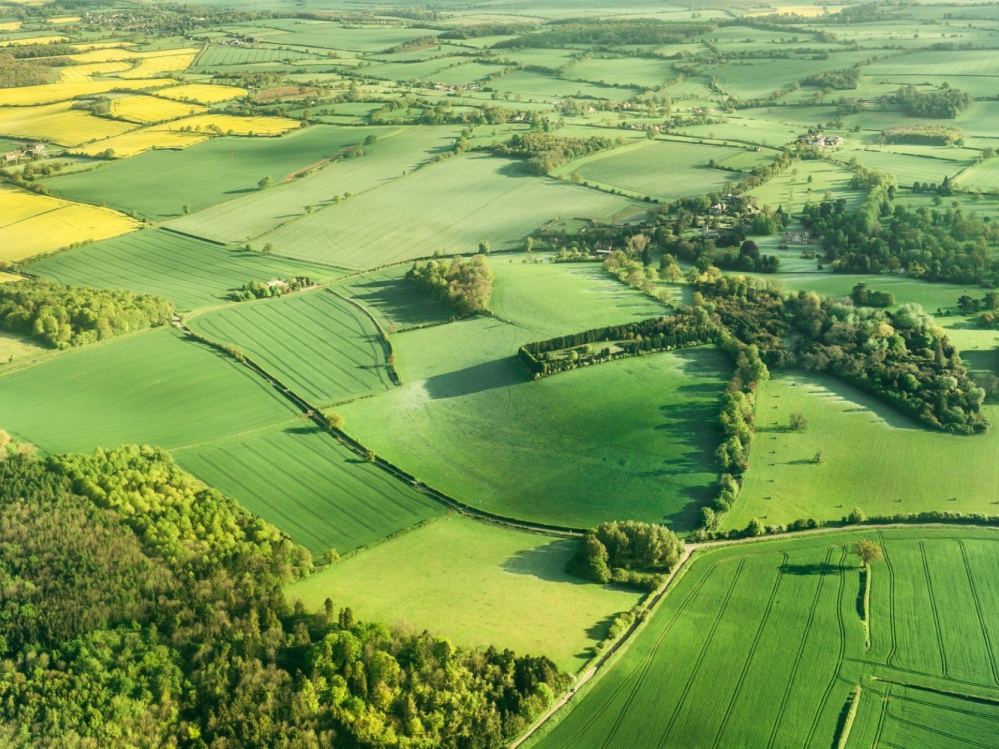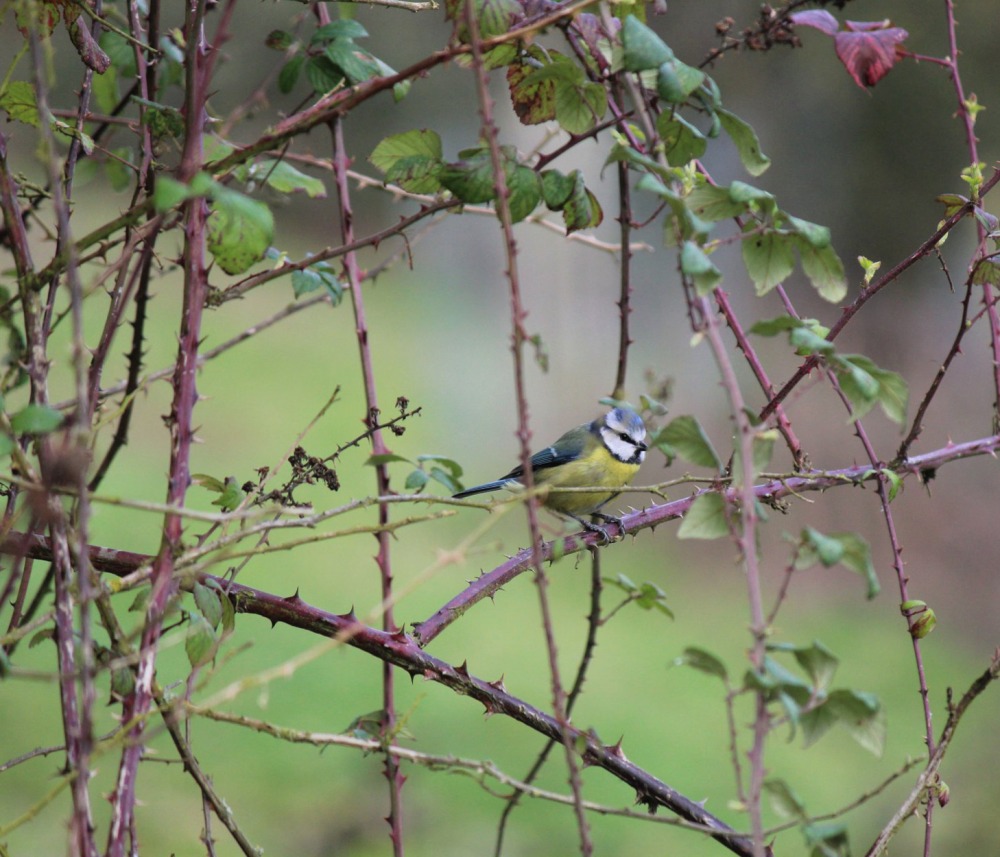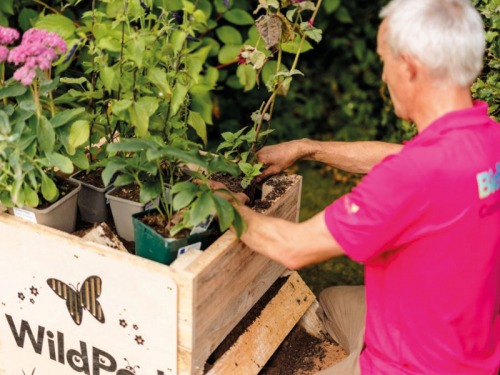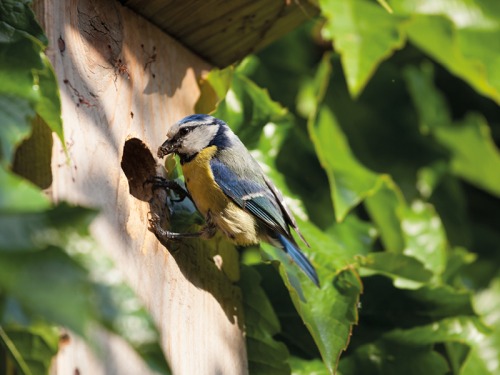North East Volunteers Needed to Take Part in a Great British Hedgerow Survey

Hedgerow survey season is here, and PTES is looking for volunteers in all corners of the UK, including the North East, to take part in its Great British Hedgerow Survey
Between now and October volunteers are encouraged to health-check their local hedgerows by filling in PTES’ simple survey form. Key features of their chosen hedge are recorded, such as the height, width, structure and what tree species are present.
The data gathered provides instant feedback about how healthy the hedgerow is and offers bespoke management advice. When volunteers work in collaboration with farmers and/or landowners, this advice can be passed to those that directly manage the hedgerows, ensuring they are sensitively managed so they can thrive for many years to come.

Megan Gimber, Key Habitats Officer, PTES says: ‘The value of healthy hedgerows cannot be overstated; they provide a lifeline for so much wildlife (from hedgehogs and dormice to birds and butterflies), as well as many rare and threatened species. They are a home, provide food, act as safe corridors for wildlife travel across the countryside and the way they are managed has a huge impact on their ecological value.
‘About half of the UK’s hedgerows were lost in the last century through incentivised removal, and although the rate of this decline has slowed significantly, it’s important that what we’ve got left is in good condition. After all, the hedgerows that remain today are “the single most important ecological building block left in this country” to quote George Eustice, Secretary of State for Environment, Food and Rural Affairs.’
Since the Great British Hedgerow Survey began in 2019, hundreds of volunteers have taken part and together they’ve surveyed over 800km of hedgerow. This is a great start and gives a real insight into how these hedgerows are faring, but there’s plenty left to do. Megan continues: ‘With over 500,000km of hedgerows in the UK, the hedgerow infrastructure is largely there, we want to ensure that this translates to 500,000km of ecological dynamite. We really need a nationwide push to health-check as many hedgerows as possible.’
The results also enable PTES’ conservationists to build a nationwide picture of Britain’s hedgerow health and how it’s changing over time. And, by understanding their current structure, condition and key features, PTES can start to implement targeted, data driven conservation (alongside the work the charity already does with landowners and the farming community), which is crucial to ensure this iconic and important habitat is preserved.
Hedgerows are icons of the countryside, and as well as supporting myriad species of wildlife (one study in Devon found over 2,000 species within an 85-metre stretch of hedge!), they are a huge asset to farmers and land managers too. They offer services such as crop protection (through beneficial insects that predate crop pests), act as a wind shelter and host essential pollinator communities. For livestock they act as barriers whilst providing shade, shelter and browse. They can also provide income and benefit the environment by acting as carbon stores. They help to reduce flooding, soil erosion, air and water pollution levels too.
The Great British Hedgerow Survey is primarily aimed at wildlife enthusiasts, landowners, Wildlife Trusts and other groups, but anyone with a passion for preserving native habitats and the countless species they support can take part. PTES offers free survey training to groups and there is also advice available online.










